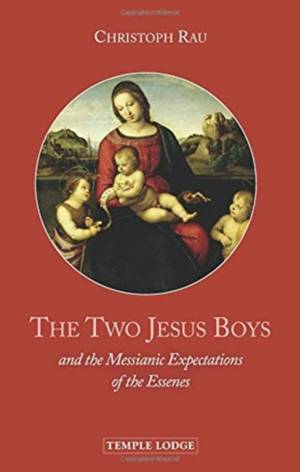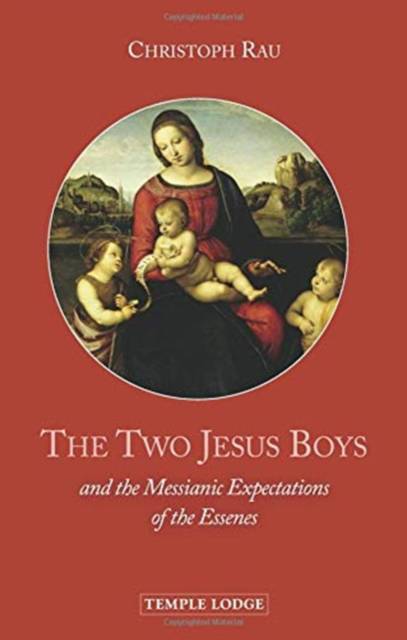
- Afhalen na 1 uur in een winkel met voorraad
- Gratis thuislevering in België vanaf € 30
- Ruim aanbod met 7 miljoen producten
- Afhalen na 1 uur in een winkel met voorraad
- Gratis thuislevering in België vanaf € 30
- Ruim aanbod met 7 miljoen producten
Omschrijving
The two contradicting genealogies of Jesus in the Gospels have long puzzled biblical scholars. Rudolf Steiner's spiritual research led him to a controversial theological conclusion--that there were two Jesus boys born into two holy families.
Two boys were necessary, he says, as part of the spiritual preparation of forming a suitable human body for the incarnation of Christ into the earthly realm. Both apocryphal texts and the writings of the Essenes (as discovered at Qumran by the Dead Sea) now appear to support this view, with references to messianic figures from both royal and priestly lines. Various authors have developed Rudolf Steiner's observations, although much of such literature lacks the rigor of accurate and broad scholarship.
This volume, The Two Jesus Boys, is not just a derivative rehash of those previous publications but offers a fresh investigation of primary sources, coupled with an objective determination that allows the facts to speak for themselves. Christoph Rau thus reaches the unavoidable conclusion that Rudolf Steiner's presentation of a chronology of the two births needs revision. Further, the most recent discoveries and interpretations of Essene scrolls reveal that the Jewish sect expected not one but three Messiahs.
Rau quotes from and analyzes numerous documents from the landscape of early Christianity and Judaism. His findings provide a secure foundation for the historical existence of two Jesus boys in the prelude to Christ's incarnation on Earth, as well as a revelation of the Essenes' long expectation of three Messiahs.
This volume was originally published in German as Die beiden Jesusknaben und die Messiaserwartung der Essener: Geleitwort von Vicke von Behr (Verlag Johannes M. Mayer, Stuttgart, 2010).
Specificaties
Betrokkenen
- Auteur(s):
- Vertaler(s):
- Uitgeverij:
Inhoud
- Aantal bladzijden:
- 166
- Taal:
- Engels
Eigenschappen
- Productcode (EAN):
- 9781912230273
- Verschijningsdatum:
- 1/08/2019
- Uitvoering:
- Paperback
- Formaat:
- Trade paperback (VS)
- Afmetingen:
- 137 mm x 213 mm
- Gewicht:
- 226 g

Alleen bij Standaard Boekhandel
Beoordelingen
We publiceren alleen reviews die voldoen aan de voorwaarden voor reviews. Bekijk onze voorwaarden voor reviews.









